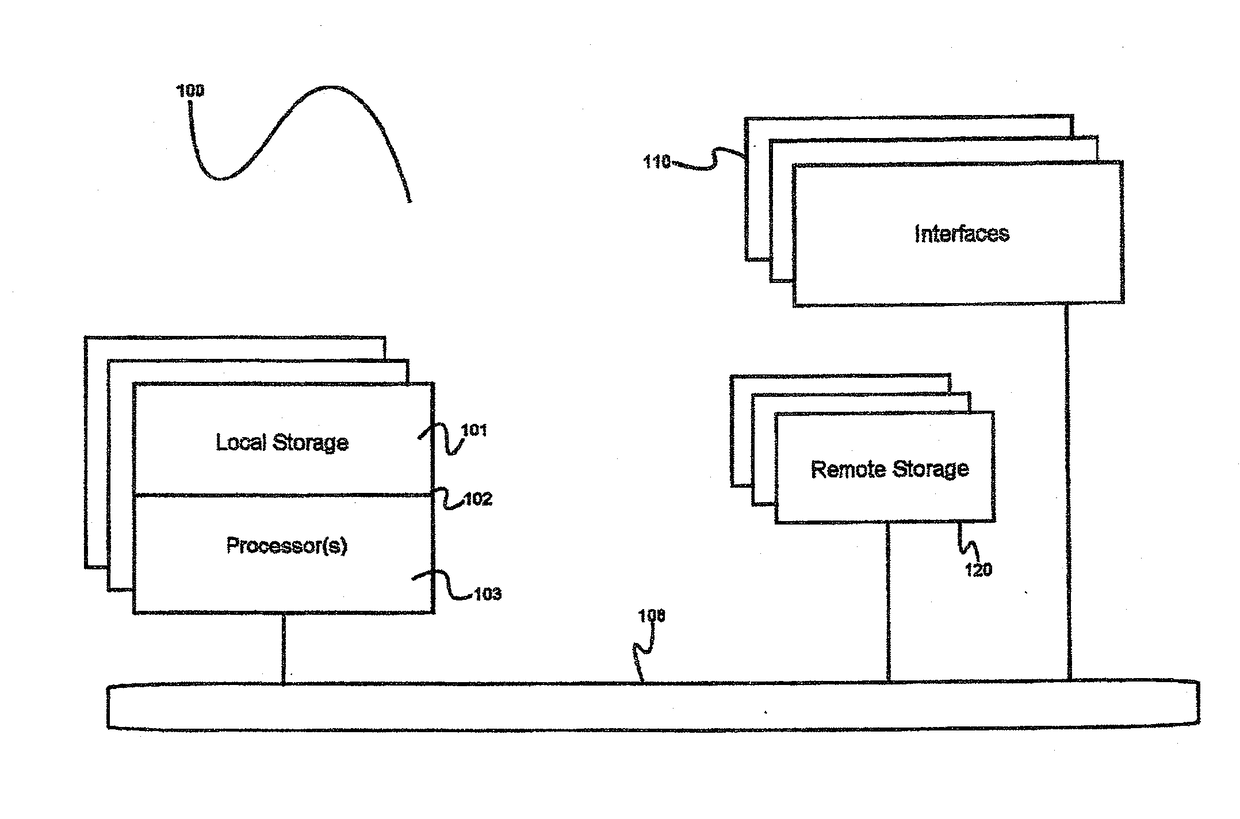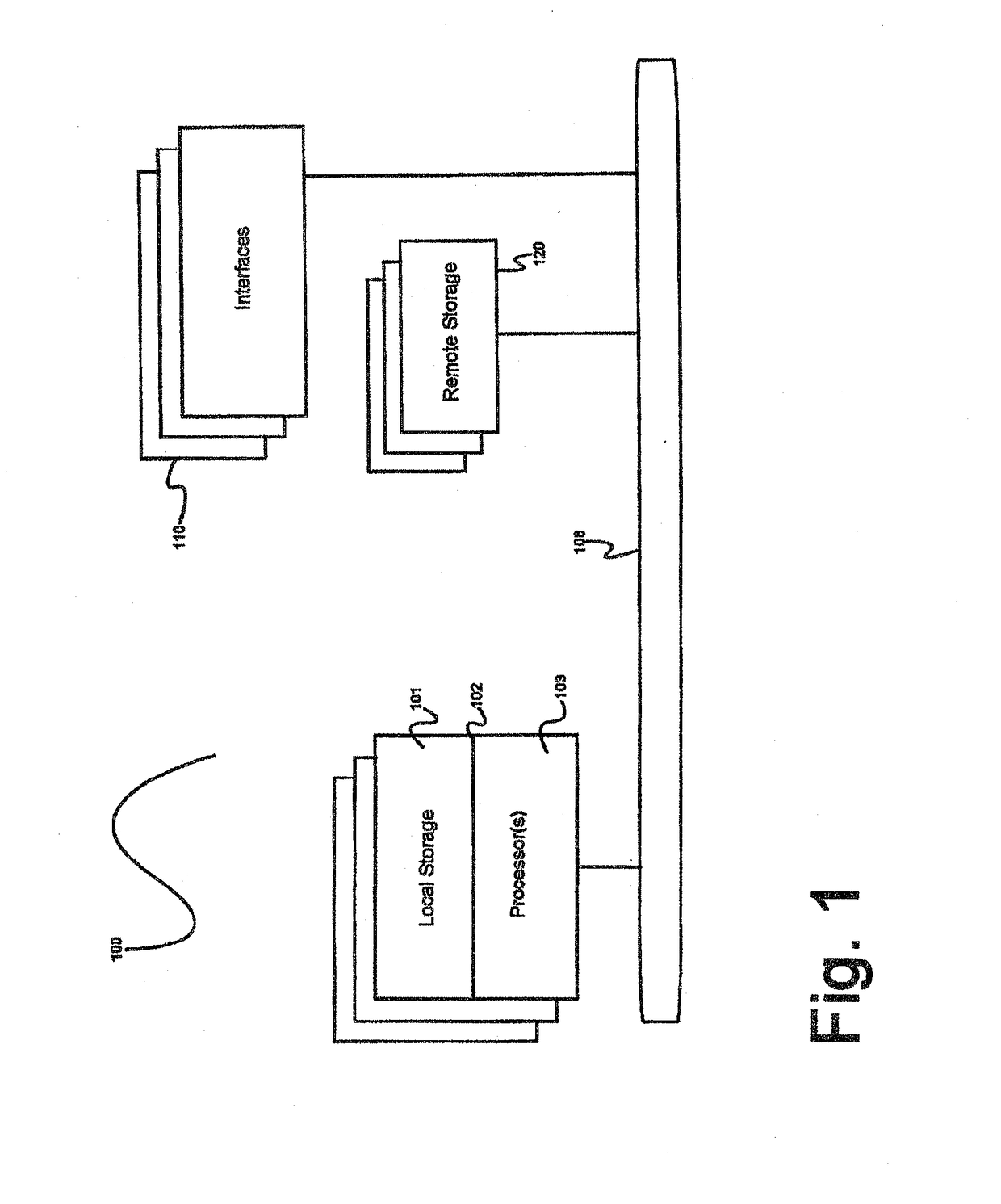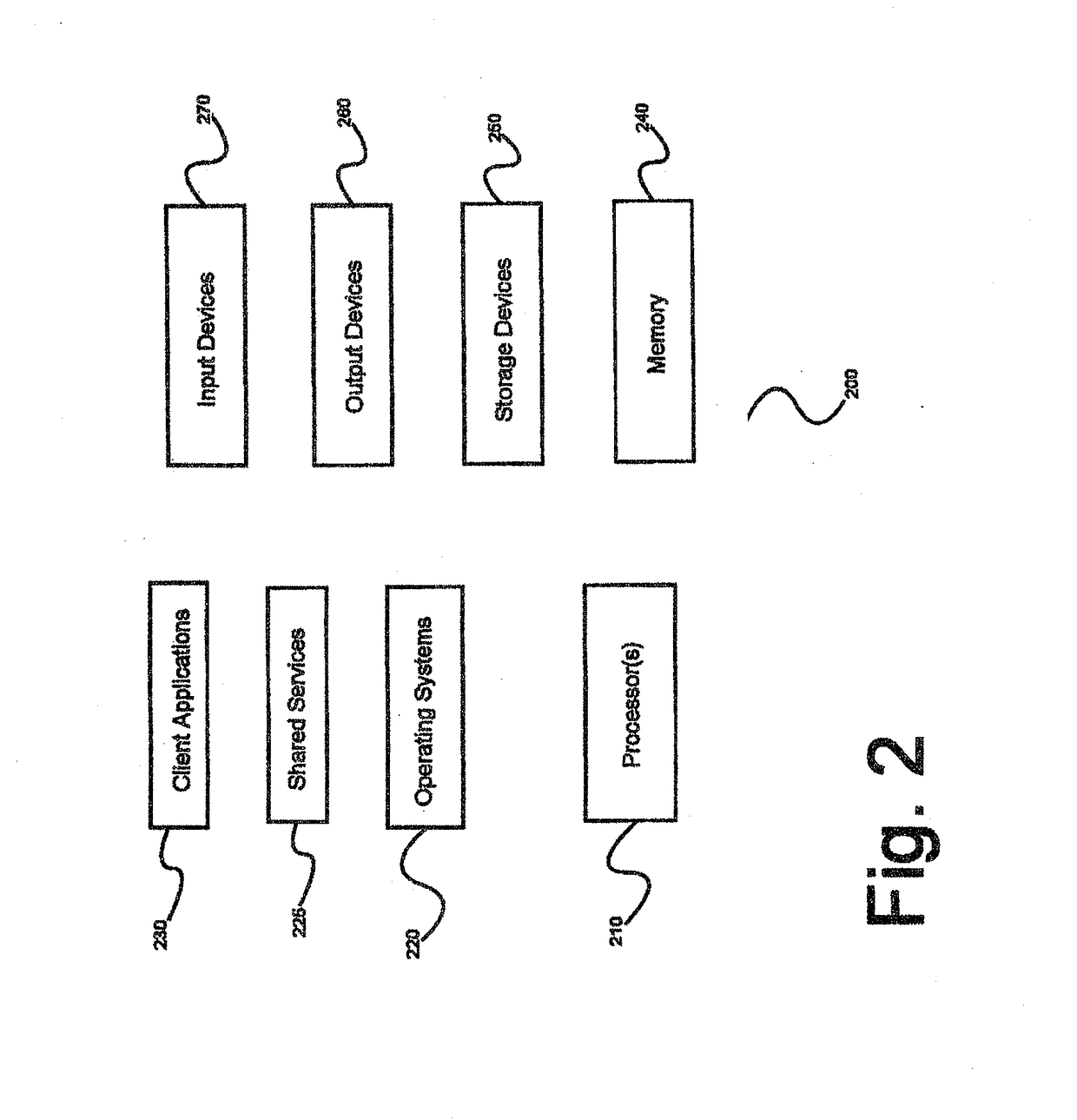Automated method for allocation of advertising expenditures to maximize performance through look-alike customer acquisition
a technology of automatic optimization and advertising expenditure, applied in the field of automatic dynamic optimization in online commerce, can solve the problems of difficult to determine which of the ads generated the most value, high regulation, and coupons can give rise to many types of fraud, and achieve the effect of high performance, high performance, and maximize the acquisition of new users
- Summary
- Abstract
- Description
- Claims
- Application Information
AI Technical Summary
Benefits of technology
Problems solved by technology
Method used
Image
Examples
Embodiment Construction
[0059]According to a preferred embodiment of the invention, an automated method for allocation of advertising expenditures to maximize the cost-effectiveness of those expenditures may comprise an application server that may provide a web application where e-commerce managers may define segments, a web server that may provide a web-based (such as may be accessible via a web browser on a computing device) interface for interacting with the application server as well as a web-based interface where clients may query for policies and other purposes, a reporting server that may compute aggregate statistics, a segment definition server that computes segment definitions, and an administration server that may contextualize segment metrics for use in reporting operations, is disclosed. Central to all of these is the definition of a “segment”. In order to make the system loosely coupled, and to make it as flexible as possible, the idea of a segment may be defined in terms of a functional langu...
PUM
 Login to View More
Login to View More Abstract
Description
Claims
Application Information
 Login to View More
Login to View More - R&D
- Intellectual Property
- Life Sciences
- Materials
- Tech Scout
- Unparalleled Data Quality
- Higher Quality Content
- 60% Fewer Hallucinations
Browse by: Latest US Patents, China's latest patents, Technical Efficacy Thesaurus, Application Domain, Technology Topic, Popular Technical Reports.
© 2025 PatSnap. All rights reserved.Legal|Privacy policy|Modern Slavery Act Transparency Statement|Sitemap|About US| Contact US: help@patsnap.com



